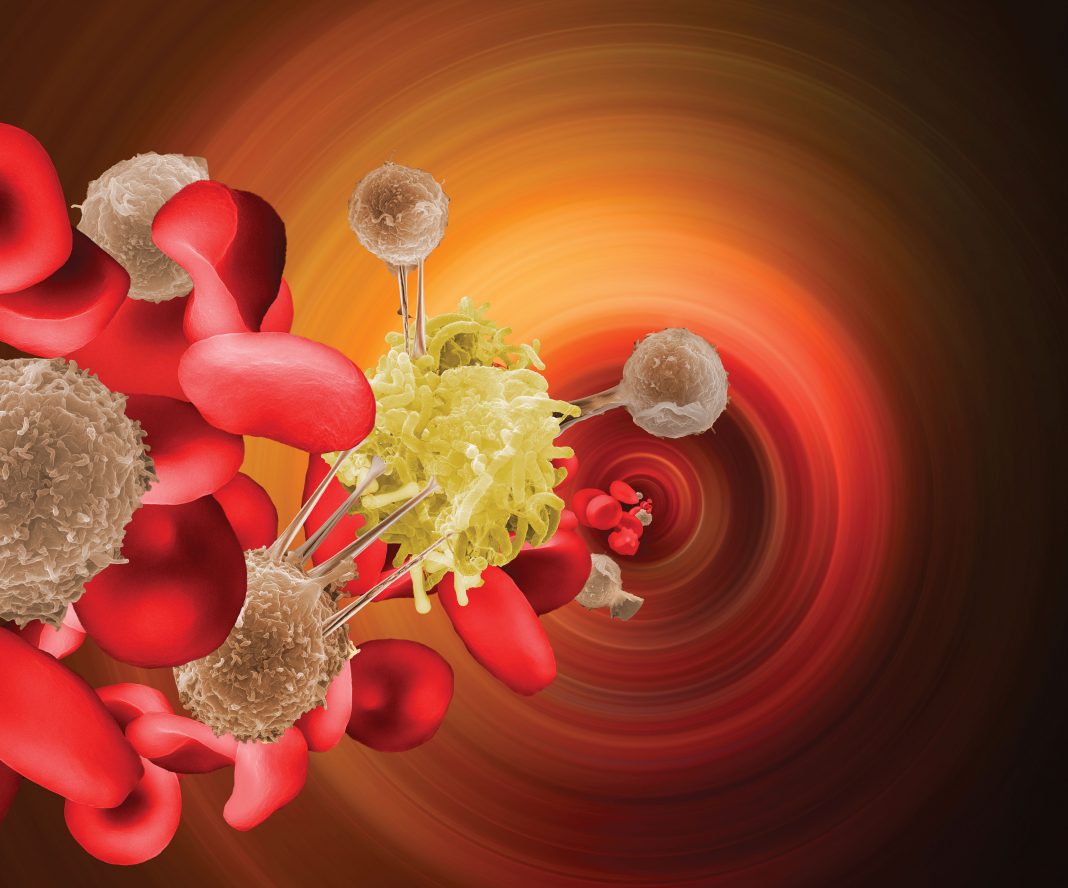Pediatric acute myeloid leukemia (pAML) is a childhood blood cancer with a high relapse rate, though the treatment of pAML has significantly advanced. In the 1980s, almost all children diagnosed with the disease died; today up to 75% survive, but success depends upon comprehensive diagnostics, intensive therapy, and effective supportive care. In places where these elements are lacking, survival rates can dip below 50%. Now, in a new study, an international team led by scientists and physicians at the University of California, San Diego (UCSD), School of Medicine deployed an array of analytical and gene-splicing tools to further understand the mutations in pAML.
Their findings are published in Cell Reports in an article titled, “Detection and targeting of splicing deregulation in pediatric acute myeloid leukemia stem cells.”
“pAML is typified by high relapse rates and a relative paucity of somatic DNA mutations,” wrote the researchers. “Although seminal studies show that splicing factor mutations and mis-splicing fuel therapy-resistant leukemia stem cell (LSC) generation in adults, splicing deregulation has not been extensively studied in pAML. Herein, we describe single-cell proteogenomics analyses, transcriptome-wide analyses of FACS-purified hematopoietic stem and progenitor cells followed by differential splicing analyses, dual-fluorescence lentiviral splicing reporter assays, and the potential of a selective splicing modulator, Rebecsinib, in pAML.”
“Compared to adult AML, pediatric AML is associated with relatively few known mutations, which likely stems from the fact that children have not yet been much exposed to environmental factors that damage DNA,” explained senior study author Catriona Jamieson, MD, PhD, professor of medicine, director of the Sanford Stem Cell Institute, and a hematologist specializing in blood disorders.
“Our hypothesis was that the drivers were not genomic alterations, but rather occurred within transcriptomic and epitranscriptomic processes.”
The transcriptome describes all of the RNA expressed by genes in an organism. RNA is used to convey the genetic (DNA) information needed to make proteins and perform or regulate cellular functions. Transcriptomics is used to learn how genes are turned on and off in different cells and how that may be linked to certain diseases. The epitranscriptome refers to all of the modifications to RNA that occur within a cell.
In their study, Jamieson and colleagues at UCSD and in the Netherlands pinpointed a deregulation in splicing—part of the process of decoding gene instructions into proteins— that causes a therapeutic vulnerability to a small molecule splicing inhibitor called Rebecsinib.
In research published last month, Jamieson and colleagues reported that Rebecsinib, an experimental drug, reversed malignant hyper-editing by an inflammation-induced protein known as ADAR1 p150, which promotes immune silencing, metastasis, and therapeutic resistance in 20 different cancer types, including leukemia.
“Our findings suggest a new approach to detecting and targeting therapy-resistant leukemia stem cells in pediatric AML and other cancer stem cells that become recalcitrant to treatment as a consequence of this splicing deregulation,” Jamieson said.


